
Every day, our Sun reports for its duty conscientiously. It rises in the East and wake us up from the bed. It works for about 12 hours a day and then sets in the West reminding us to find the bed and sleep in the night. This has been its daily routine for billions of years.
What if the Sun did not rise?
Hmmm!
It is a thought-provoking question. Isn’t it?
We would not have an extraordinary experience on the very first night even if the Sun didn’t rise. But how would we feel the daytime on the following day? It would be the very first daytime buried in the dark. Owls will be so busy with the order of the day, shouting all day long.
Hereafter…
There would be no luminous daytime. Only dark nights and dark days.
We would witness no evaporation, no winds, no waves, no cyclones, no rains …
What else would happen?
Yes. A lot of things…
Plants will stop producing food and they will no longer bear fruits. This will lead to a famine and mass extinction. No doubt. The final result will be a dead planet with no living beings.
We all are indebted to our Sun for what it has been doing. The chronicle about life on the Earth totally relies on the unrivaled service of the Sun. It illuminates our planet and helps our eyes view the world around us. Not only that our Sun is what keeps our planet worm making it an inhabitable place. Feeding numerous energy-consuming processes like photosynthesis, it plays a vital role on the Earth. Maybe that’s what our ancestors motivated to worship the sun god or solar deity. Today, our Sun has been assigned an additional but important job: To generate electricity with the help of solar PVs.
Nothing to explain. We have no access to the free service of Sun during the night. Just like you, solar PVs stop working and go to sleep in the night.
Dark side of solar PV technology
The glorious side of solar PVs is well known and not needed to magnify. To illustrate, the contribution of solar electricity to the German electricity supply was 0.3% and 6.6% in 2007 and 2017, respectively [1]. In other words, German cumulative solar PV capacity was 42 GW in 2017 [2]. It is enough to shut down as many as 84 coal-fired power plants each with 500 MW of capacity. This mind-blowing development manifests the power of solar PVs and encouraging other nations to replace coal, oil and gas with solar.
Today, almost all the nations are engaging in a constructive dialogue to solve the energy crisis, and detrimental consequences of climate change, and environmental pollution. Governments are belligerently encouraging the utility customers and private companies introducing various incentives and rebates, to invest in solar PVs. We have never seen such keenness before. Unfortunately, solar PV technology is still discriminated by some opponents. They highlight some technical challenges in solar PV technology and speak well of fossil fuels.
Nothing to argue. Like in any other technology, solar PV technology is confronted with some technical difficulties. The biggest challenge is that solar PVs cannot generate enough power under cloudy skies. And they cannot generate electricity during the night at all. This is the saddest side of solar PVs.
These challenges pose a serious question…
How do we meet the electricity demand with solar PVs after the sunset?
Well…
Today, we are heading straight for a 100% renewable energy or at least vow to replace fossil fuels with renewables. And solar PV is the best way to exploit energy from sunlight. In order to achieve our solar goals, we want our solar PVs to supply electricity even in the night and also under cloudy skies. This requires our Sun to reverse its old-fashioned journey and emerge in the West shinning in the night sky. But this will never happen!
What if we could mount a shining star in the sky to turn the darkness in the night away from us?
Yes. Pumped hydro is such an amazing idea which is not a star but still can act as a virtual Sun in the night sky!
The idea is straightforward. Following are some basic facts that highlight the need for energy storage in achieving our renewable energy targets.
- Current global power demand is approximately 17.5 TW [3].
- The amount of technically/ economically viable solar power is estimated at about 580 TW [4]. This is nearly 33 times the global power demand.
- Solar PVs can play a vital role in achieving our sustainable goals. They are truly capable of generating more electricity than the current electricity demand during the daytime.
- When the generation exceeds the demand, the excess amount must be stored so that it could be released to meet the demand during the night.
Grid energy storage
Grid energy storage becomes an essential component when we are extensively dealing with solar electricity as solar PVs are unable to power your home in the night. Various energy storage technologies have been developed such as batteries (Li-ion, NaS, lead acid,), flywheel, superconducting magnetic energy storage (SMES), compressed air, and pumped hydro. However, neither flywheel nor SMES has shown to be appropriate for large-scale energy storage. Batteries are already being used even in MW-scale but are expensive.
While both compressed air and pumped hydro are being used in grid energy storage, pumped hydro has shown to be the best grid energy storage technology. It is a cost-effective, technology and can come online very quickly to respond to the variation in supply-demand. Once built, pumped hydro plants can serve for decades. Therefore, pumped hydro has become the most popular grid energy storage technology.
How do pumped hydro plants work? Let us explore more about this topic in the next article.
Reference
[1] Smolen, J., & Dudic, B. (2018). Electricity Price and Demand Pattern Changes Due to Increases in Solar Generation in German Electricity Markets. International Journal of Energy Economics and Policy, 9 (1), 168-173.
[2] Feldman, D. J., Margolis, R. M., & Hoskins, J. (2018). Q4 2017/Q1 2018 Solar Industry Update (No. NREL/PR-6A20-71493). National Renewable Energy Lab. (NREL), Golden, CO (United States).
[3] Hu, A., Levis, S., Meehl, G. A., Han, W., Washington, W. M., Oleson, K. W., and Strand, W. G. (2016). Impact of solar panels on global climate. Nature Climate Change, 6 (3), 290-294.
[4] Jacobson, M. Z., and Delucchi, M. A. (2009). A path to sustainable energy by 2030. Scientific American, 301 (5), 58-65.
Ctd

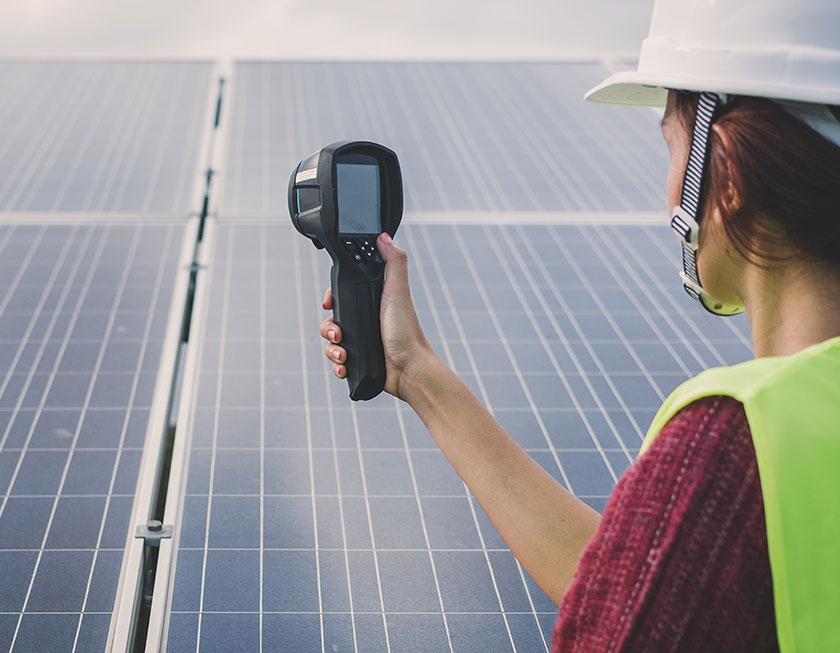


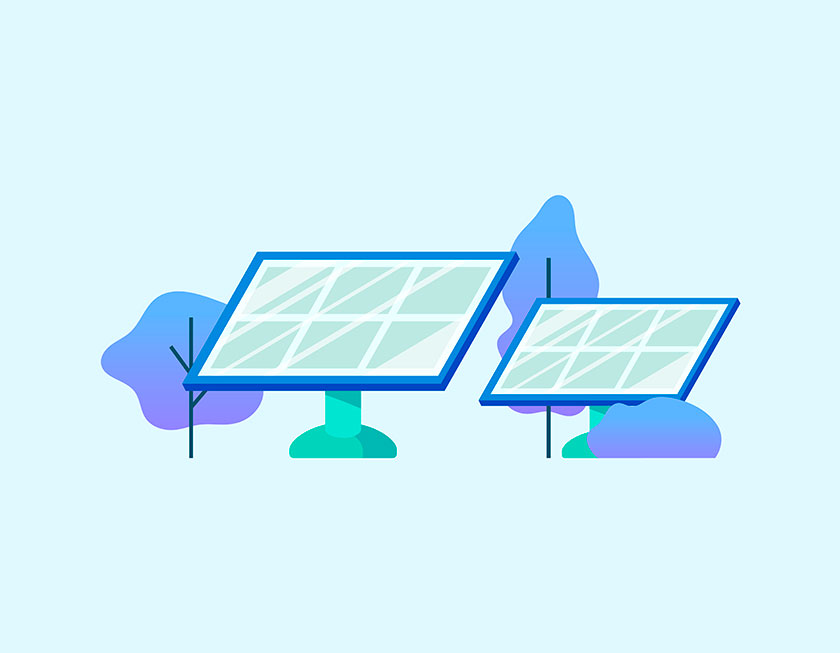
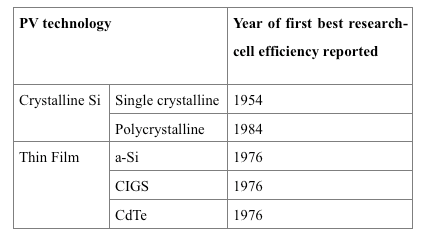
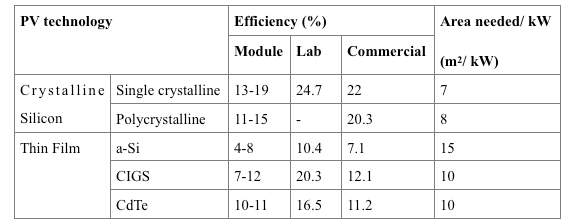

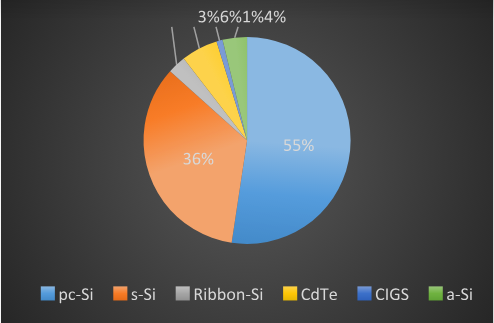
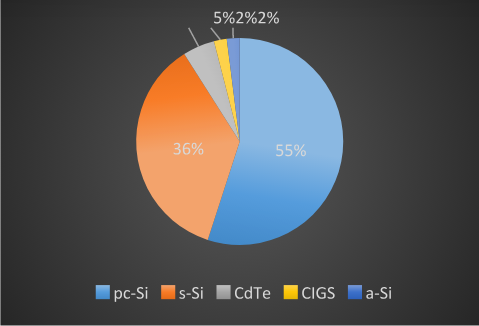


Recent Comments